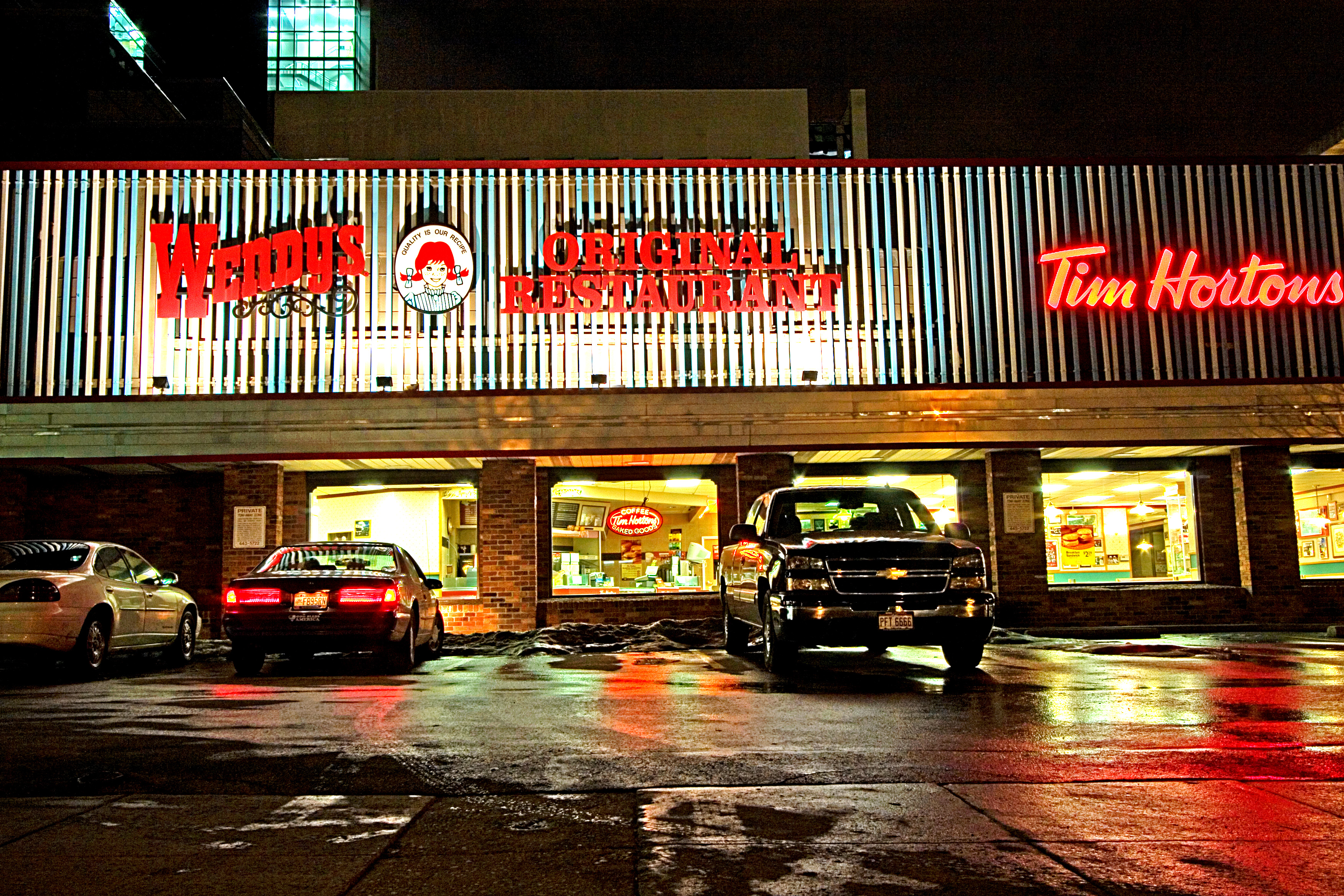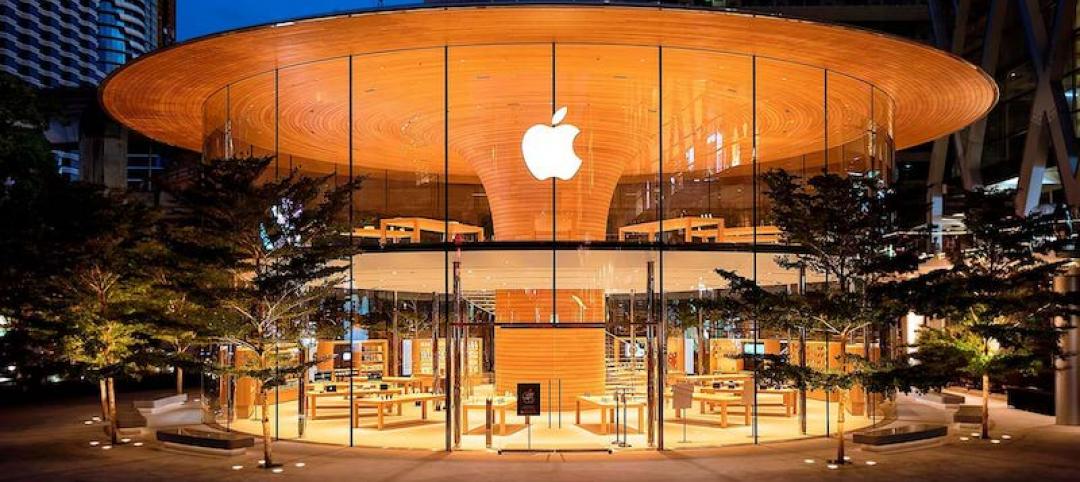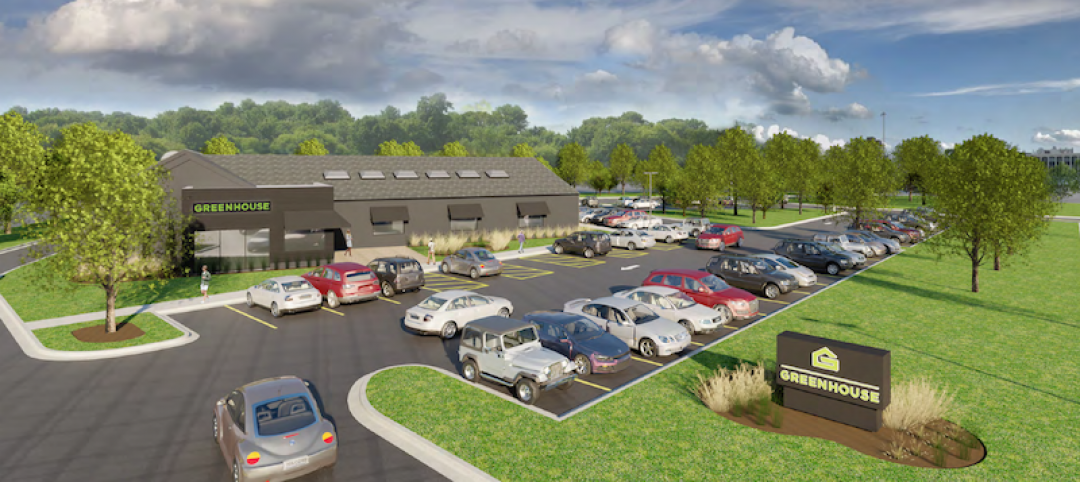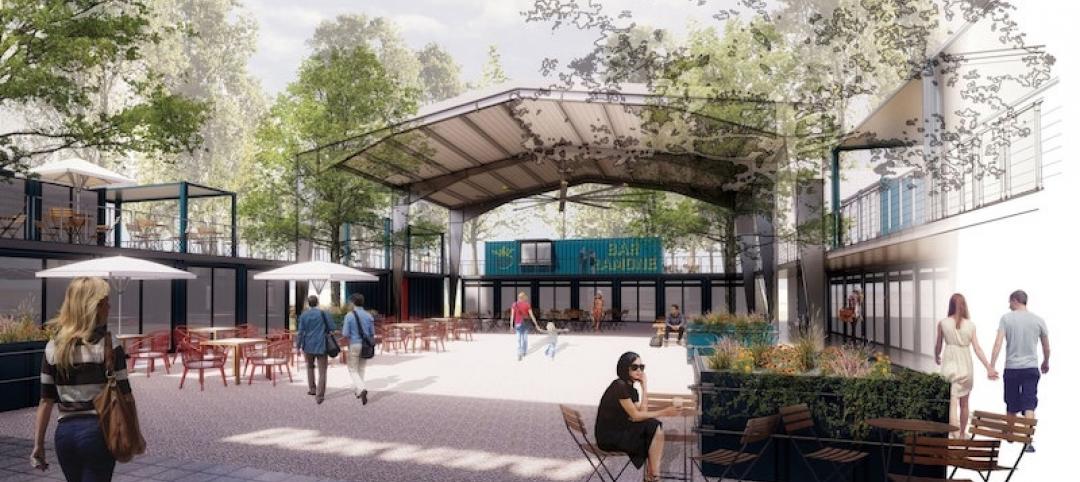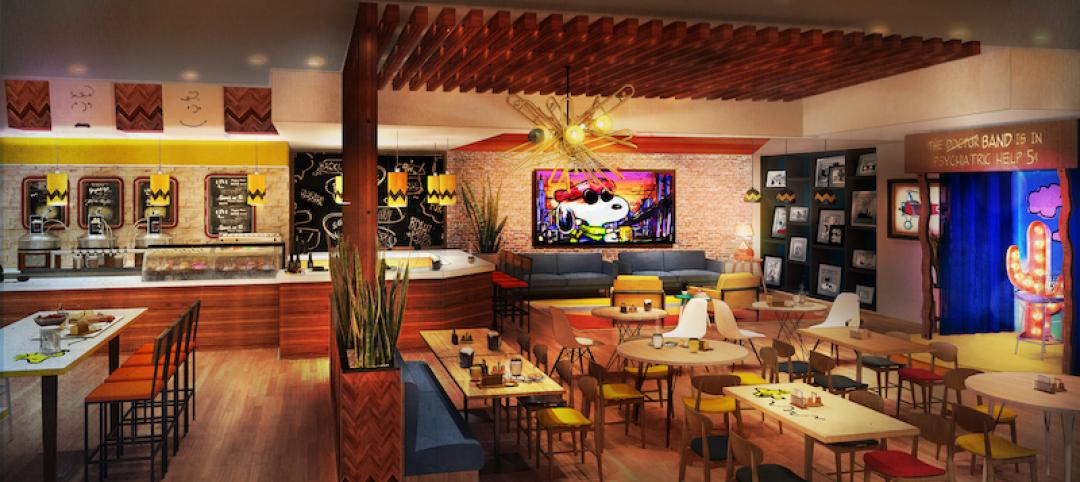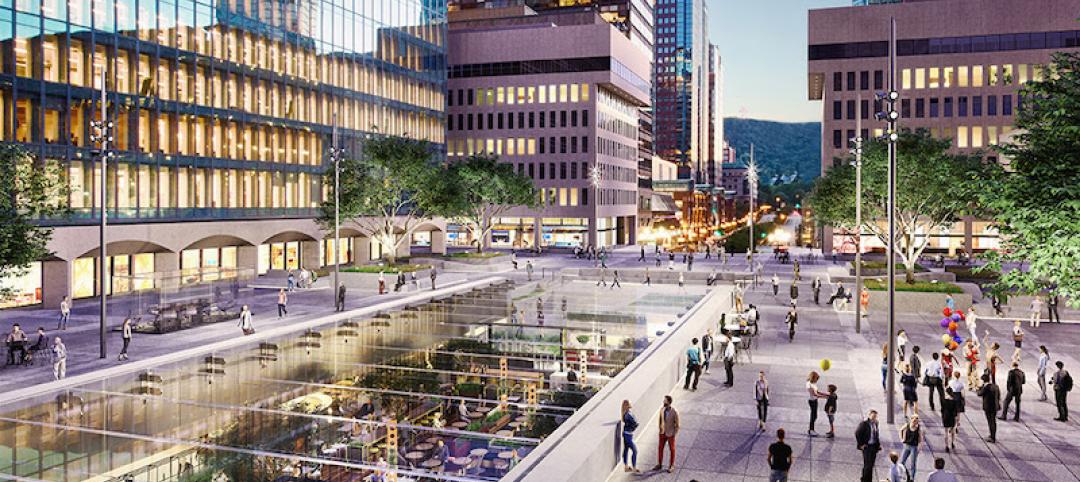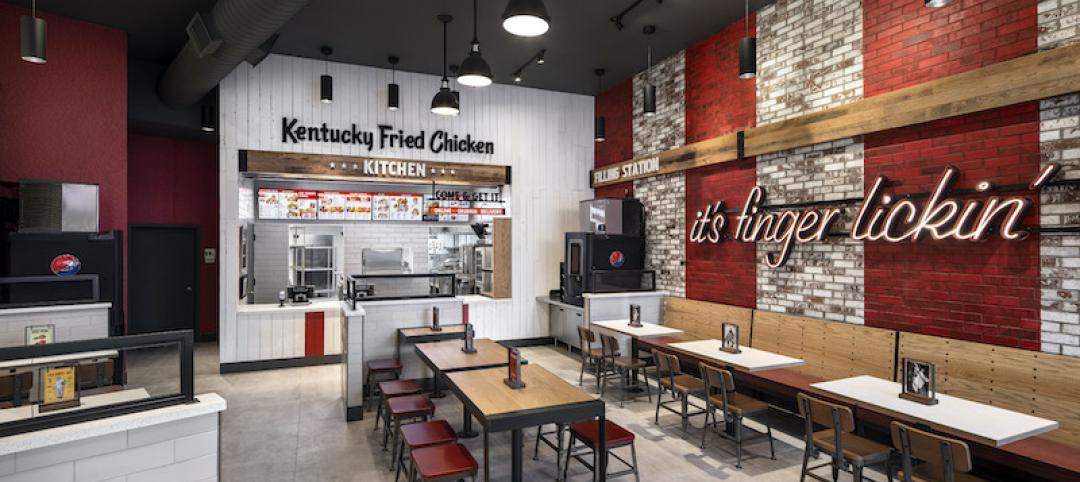There is a new secret sauce at quick service restaurants (QSRs), but according to JLL research, you won’t find it in the food. The fight for market share has led Wendy’s, Chick-fil-A, and other QSRs to adapt new development strategies to compete with fast-casual restaurants that are threatening fast food’s traditional heavyweights.
“Everyone is trying to figure out who their customer is and what they can do to put themselves in a better position than their competitors,” said Steve Jones, Managing Director for JLL Retail Multi-site. “The customer is much more knowledgeable now than in the past. We have access to more intelligence and data, so it’s more important than ever that these restaurants know themselves, their brand and who their customer really is.”
“The traditional QSR dining experience encourages customers to get their food, eat, and leave. At Wendy’s, we’re changing that standard by making the environment in our dining rooms more inviting and comfortable.” —Bruce Allendorfer, Regional Director of Construction, Wendy’s
According to the JLL research, the millennial consumer base is becoming increasingly vital to QSRs. This consumer pool accounts for approximately 23% of annual restaurant spending—about 46 billion visits annually. With those visits come new expectations for atmosphere and fresh ingredients, which requires QSRs to invest in their facilities, brand experience, and technology, across both existing restaurants and new locations.
Fast-casual restaurants are slightly more expensive than QSR options, but offer customizable, health-conscious options offered in a hip environment that appeals to millennials. With this in mind, Wendy’s is evolving its customer experience to match the changing consumer landscape.
“The traditional QSR dining experience encourages customers to get their food, eat, and leave. At Wendy’s, we’re changing that standard by making the environment in our dining rooms more inviting and comfortable,” said Bruce Allendorfer, Regional Director of Construction for Wendy’s. “Customers stay longer and can make an event out of their visit.”
JLL worked with Wendy’s to implement its “image activation.” The new strategy started with store rebrands for the Ohio-based restaurant chain, which includes adding fireplaces, new seating options with lounge chairs and booths, Wi-Fi, flat-screen televisions, and digital menu boards. The goal wasn’t just to drive sales but to compete with the environments offered by Wendy’s fast-casual peers.
“Our customers are reacting positively to the re-imaging of Wendy’s. Sales are up and, more importantly, there are positive customer counts as well,” Allendorfer said. “Wendy’s is providing a quality experience for our customers in both the drive-through and the dining room.”
3 RETAIL DESIGN TACTICS FOR GROWING MARKET SHARE
The opportunity for QSRs is great. With a focus on three key areas, these restaurants can combat threats to their market share:
Rapid renovation: Reworking existing space to better serve high consumer expectations can change the entire experience of a restaurant. Changing the interior build out of the restaurants, remolding the ordering space, and re-creating the menu are all physical ways to make a QSR more competitive. Another more complex method is to create a franchising model to meet local market demand.
Technology: Technology enhancements go a long way to personalizing the consumer experience. For example, drive-through experiences can be upgraded by replacing the metal speaker box with a high-definition video communication platform, as done recently by a global coffee chain. GPS and beacon technologies offer incredible potential for creating new digital experiences for consumers, as well.
Facility Branding: Implementing a brand refresh can alter previous impressions and introduce a whole new demographic to a company. On average, organizations refresh their corporate brands once every seven to 10 years, but QSRs are doing so even more frequently.
Renovation, rebranding, and redevelopment come with their own challenges for QSRs. In 2013, sales for fast-casual chains grew by 11%, while QSRs have maintained revenue growth at about 1.2% annually because of flattening sales and an increase in the cost to produce. Efficiency has proved necessary for chains like Chick-fil-A, who see development projects balloon during expansion and renovation.
“The biggest challenge that Chick-fil-A was facing was a large increase in the number of projects we needed to manage within the reinvestment portfolio,” said John Mark Wood, a Program Manager from Chick-fil-A. “The budget went from approximately $30 million to $100 million in a span of one and a half to two years.”
Chick-fil-A worked with JLL to manage its reinvestment program. By adapting new development strategies like these, QSRs can stay diversified and contend with their fast-casual counterparts.
To download JLL’s special report on the state of the restaurant industry, visit here.
Related Stories
Retail Centers | Aug 12, 2020
Apple Central World welcomes first visitors in Bangkok
Foster + Partners designed the building.
Retail Centers | Jul 30, 2020
The future is a numbers game for retail and restaurants
Brick-and-mortar retailers, already gasping for air under pressure from ecommerce, were dealt a critical blow by the spread of the coronavirus that forced most stores and restaurants to close, or at best operate as carryout- or delivery-only providers.
Retail Centers | Jun 17, 2020
New cannabis dispensary under construction in Northbrook, Ill.
The project will be a national flagship location for Greenhouse.
Modular Building | May 22, 2020
‘Cargotecture’ is coming to North Carolina’s Research Triangle Park
Boxyard RTP, made from 38 shipping containers, will serve as a community gathering and social space.
Coronavirus | Apr 13, 2020
COVID-19 alert: City conducts a 'virtual building inspection' to allow Starbucks and bank to open
Bothell, Wash., issues a certificate of occupancy to developer after inspecting the property online.
Retail Centers | Mar 27, 2020
New South Korean retail building looks like a molting insect
OMA designed the project.
Retail Centers | Feb 28, 2020
Eat with the Peanuts Gang in this new experiential cafe concept
The McBride Company partnered with Peanuts Worldwide LLC to design the concept.
Retail Centers | Jan 30, 2020
An all-glass roof hovers above a refurbished shopping mall in Montreal
This $200 million project provided the installer, Seele, with some valuable lessons learned working with large panels in colder weather.
Retail Centers | Jan 21, 2020
New Vienna IKEA will include green façades and no parking
The building will include 160 newly planted trees.
Retail Centers | Dec 16, 2019
KFC opens urban prototype in the Bronx
FRCH NELSON designed the project.


